Exploring life’s creativity is a journey that invites us to unlock our potential and discover new dimensions of personal growth. Whether you’re an artist, innovator, or simply someone eager to make meaningful impacts, understanding the essence of creativity is key to unlocking your unique potential. This article delves into the intricate interplay of factors that fuel creativity—offering insights into the 5 P’s and 4 C’s that form the foundation of a rich, creative life. From harnessing the power of people and places to embracing curiosity and connections, we’ll explore how these elements converge to inspire innovation and drive success. By examining the frameworks that shape creativity, this exploration aims to empower you to approach life with fresh perspectives and a renewed sense of purpose.
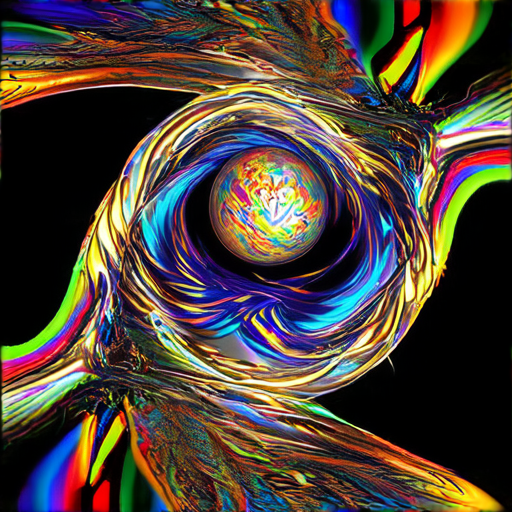
Exploring Creativity
Exploring creativity refers to the act of discovering new ideas, perspectives, or approaches to problems, tasks, or experiences. It involves stepping outside of traditional thinking patterns and embracing innovation.
Creativity is often misunderstood as simply coming up with unique ideas, but it’s more about the process of exploring possibilities. Whether you’re an artist, writer, or problem-solver, exploring creativity allows you to see things in fresh ways and find solutions that may not be obvious at first glance.
Steps to Explore Creativity
- Ask Questions: Challenge assumptions and explore why things are done a certain way. This opens doors to new perspectives.
- Research and Gather Inspiration: Look at different fields or cultures to spark ideas. Sometimes, inspiration comes from unexpected places.
- Experiment and Iterate: Don’t fear failure. Try different approaches and refine your ideas based on feedback.
- Think Visually: Consider how things look, feel, and function. This can lead to more intuitive and innovative solutions.
The Role of Exploration
Exploring creativity isn’t just about making art or designing products. It’s about how you approach everyday challenges. For example, solving a problem creatively might involve rethinking traditional methods or combining unrelated concepts.
When you explore creativity, you unlock new potential and open yourself up to growth. It’s about pushing boundaries and embracing the unknown, which often leads to breakthroughs and meaningful progress.
Why Exploring Creativity Matters
Exploring creativity fosters innovation, enhances problem-solving skills, and enriches your personal and professional life. It helps you adapt to change and find unique solutions to complex issues.
By embracing creativity, you not only inspire others but also create opportunities for yourself. It’s a journey that never ends, as there’s always something new to discover and explore.
Ready to embark on your own creative journey? Start by asking yourself questions, experimenting with new tools, and embracing the process of exploration. Creativity is a powerful tool that can transform your life and the world around you.
The 5 Ps of Creativity
The 5 Ps of creativity are a framework used to guide individuals through the creative process. These steps help in developing innovative ideas and bringing them to fruition. Here’s a breakdown of each component:1. **Perception**: This involves opening your mind to new perspectives and experiences. It’s about how you interpret and see the world around you, which forms the basis for your creativity.2. **Production**: Once you have an idea, production is about turning that concept into a tangible form. This could be through art, writing, design, or any other creative medium.3. **Processing**: After producing something, processing involves reflecting on your work. This step includes evaluating what worked, what didn’t, and how you can improve or refine your creation.4. **Presentation**: Presenting your work is about sharing your ideas with others. Whether it’s through a presentation, exhibition, or publication, this stage is crucial for feedback and further development.5. **Persistence**: Creativity often faces challenges, and persistence is key to overcoming obstacles. It’s about staying committed to your vision and continuing to explore and experiment despite setbacks.By following these steps, you can enhance your ability to be creative and productive.
Exploring Your Creativity: A Step-by-Step Guide
Exploring your creativity can be a transformative experience, allowing you to unlock new perspectives and tap into your unique potential. Here’s a structured approach to help you embark on this journey:
- Start Small and Begin Somewhere
- Find a creative outlet that suits your interests, whether it’s drawing, writing, cooking, or building something.
- Set aside just 15 minutes a day to experiment and explore ideas without pressure.
- Seek Inspiration Everywhere
- Explore books, art galleries, nature, and films for inspiration. Visit museums or take walks in natural settings to spark your creativity.
- Follow artists, writers, and creators on social media or platforms like Pinterest for visual inspiration.
- Join Creative Communities
- Engage with online forums or local groups where people share creative ideas. Consider joining Meetup groups focused on creativity.
- Participate in challenges or workshops offered by platforms like Udemy to learn new skills and connect with others.
- Collaborate and Share Ideas
- Partner with others on projects to gain new perspectives and reduce the pressure of working alone.
- Share your work in online communities or local art shows to receive feedback and grow.
- Review and Reflect Regularly
- Keep a creative journal or portfolio to track your progress and reflect on your growth over time.
- Periodically review your work to identify strengths and areas for improvement, inspired by the insights found on Peter Spirito .
- Set Clear Goals and Stay Consistent
- Define specific, achievable goals for your creative projects, such as completing a painting or writing a short story each month.
- Use tools like Trello to organize and track your creative endeavors effectively.
- Utilize Resources and Tools
- Explore educational resources on platforms like Coursera to enhance your creative skills.
- Use free digital tools for editing, designing, or organizing your creative projects, such as Canva .
- Overcome Barriers and Stay Motivated
- Identify obstacles like time constraints or financial barriers and seek solutions, such as using free community centers for creative space.
- Motivate yourself by celebrating small achievements and remembering the joy of creation.
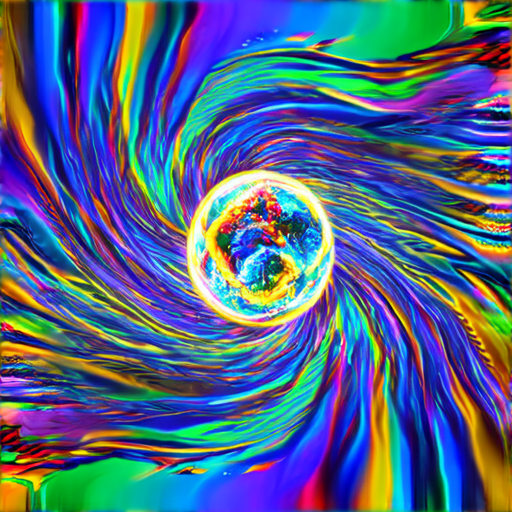
What are the 4 Ps of Creativity?
The 4 Ps of Creativity model helps break down the key components that contribute to the creation of innovative ideas and solutions. These elements are often referred to as Person, Process, Product, and Place.
Person
The Person represents the individual involved in the creative process. This includes their skills, experiences, intelligence, personality traits, and cultural background. A creative person is often curious, open-minded, and has a willingness to explore new ideas and perspectives.
Process
The Process refers to the methods, techniques, and strategies used to generate creative ideas. This could involve brainstorming sessions, mind mapping, lateral thinking exercises, or using tools like design thinking. Effective processes encourage divergent thinking (expanding ideas) and convergent thinking (focusing on practical applications).
Product
The Product is the tangible or intangible outcome of the creative process. This could be a new invention, a groundbreaking idea, a piece of art, or a successful marketing campaign. The product reflects the creativity and effort put into its development.
Place
The Place refers to the environment or setting in which creativity occurs. This could be an office, a studio, a lab, or even a quiet space at home. The physical surroundings, social context, and access to resources can significantly influence the creativity process.By understanding and leveraging these four elements, individuals and organizations can enhance their ability to generate innovative solutions and foster a culture of creativity.
The Five As of Creativity
The concept of creativity can be broken down into five essential components, known as the “Five As of Creativity”: Actor, Action, Artifact, Audience, and Affordance. These elements work together to define and enhance the creative process, ensuring that ideas are not only generated but also effectively communicated and applied.1. **Actor**: – The Actor represents the individual or group responsible for creating the creative work. This could be an artist, designer, writer, or any other creative practitioner. Their skills, experiences, and unique perspective play a crucial role in shaping the final outcome. – For example, a painter’s technique and style significantly influence the visual appeal of their artwork.2. **Action**: – The Action refers to the specific behaviors or methods used to create the work. This includes the processes, techniques, and tools employed. Actions can vary widely depending on the medium and the goals of the project. – In digital design, actions might involve using software tools like Adobe Photoshop or sketching on paper for traditional art.3. **Artifact**: – An Artifact is the tangible or intangible result of the creative process. This could be a physical object, a digital file, or even a concept. Artifacts serve as evidence of the creativity and effort invested in the work. – A sculpture created by an artist is an artifact, as is a screenplay written by a filmmaker.4. **Audience**: – The Audience consists of the people who engage with the creative work. This could be viewers, readers, listeners, or users. Understanding the audience helps creators tailor their work to resonate effectively. – A children’s book author writes with the knowledge that their audience will be young, requiring simple language and vivid imagery.5. **Affordance**: – Affordances are opportunities for interaction or engagement presented by the artifact. They encourage users to explore, experiment, and interact with the work in ways that enhance its functionality or aesthetic appeal. – A chair’s affordances include its comfort and stability, inviting people to sit down.By focusing on these five aspects, creators can develop a deeper understanding of their craft and produce work that is not only innovative but also meaningful and impactful. Each element plays a vital role in the creative process, and balancing them ensures a well-rounded and effective outcome.
What Are the 4 Cs of Creativity?
The 4 Cs of Creativity are essential traits that foster innovation and original thinking. These characteristics help individuals and teams unlock their potential and develop unique solutions to problems.
- C – Curiosity : Curiosity drives us to explore new ideas and ask questions. It’s the desire to learn and understand beyond what we already know that sparks creativity.
- C – Courage : Courage is the willingness to take risks and step out of our comfort zones. Without courage, we might hesitate to try new approaches or ideas.
- C – Critical Thinking : Critical thinking allows us to analyze situations and evaluate options. It helps us make informed decisions and refine our ideas.
- C – Collaboration : Collaboration involves working with others to combine diverse perspectives and skills. It’s often the collective effort that leads to breakthroughs.
By nurturing these four traits, individuals can enhance their creativity and contribute meaningfully to various projects and industries.
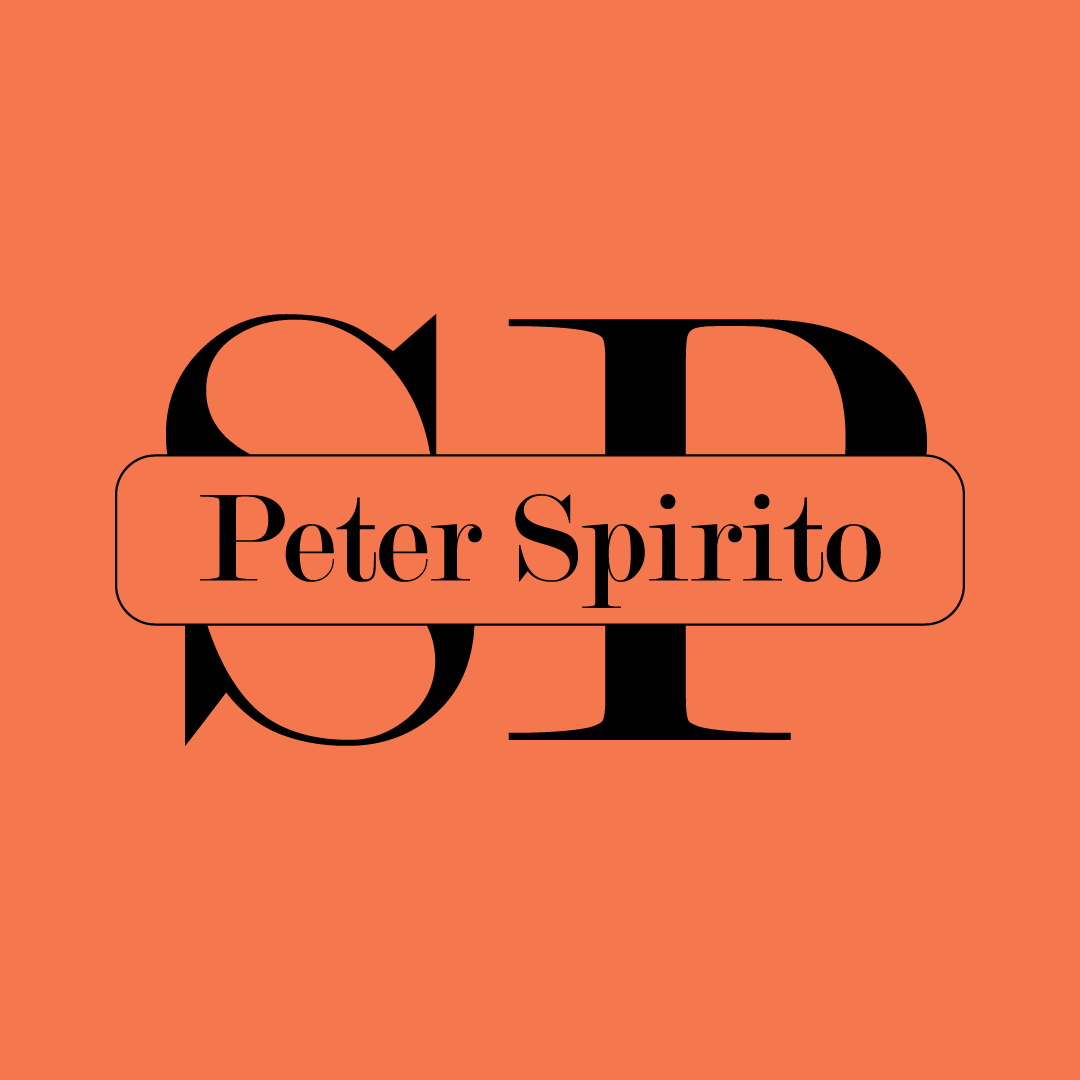
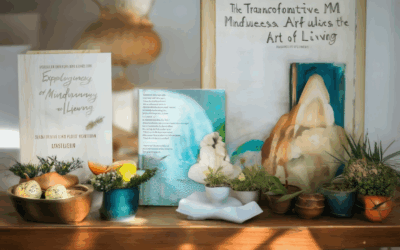

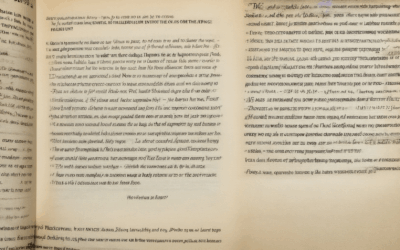
0 Comments